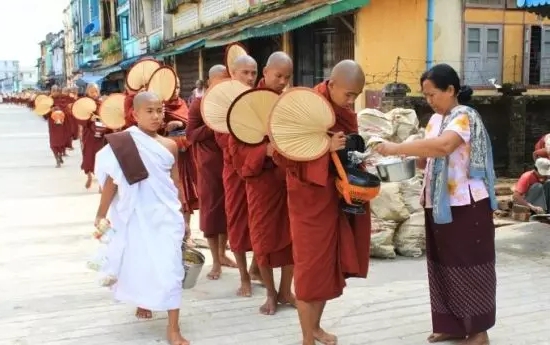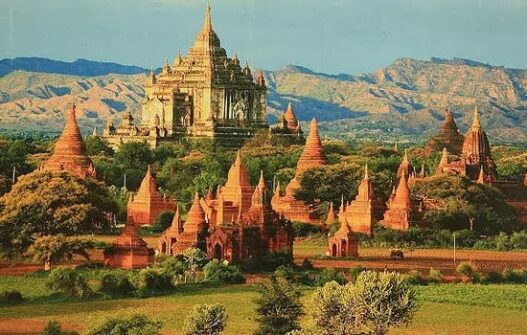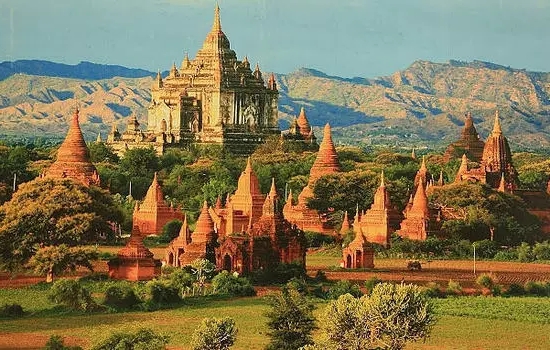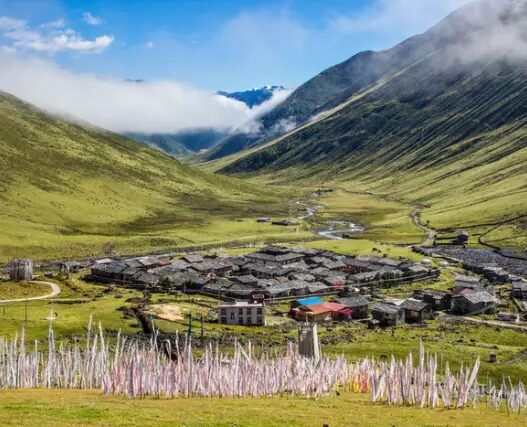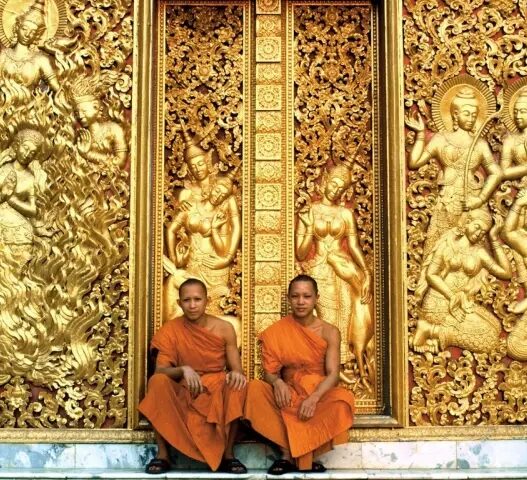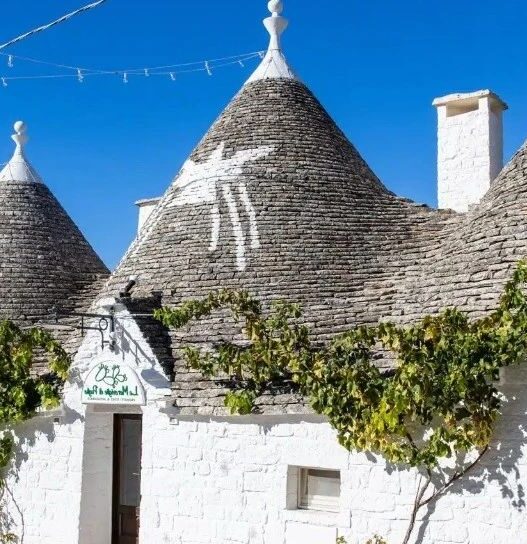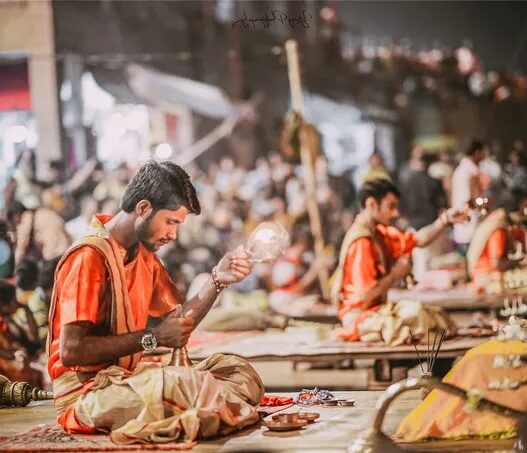Myanmar, a country rich in history and spirituality, is often referred to as the “Golden Land.” Its deep-rooted Buddhist traditions shape daily life, social norms, and cultural values. From grand pagodas to the sacred monastic lifestyle, Myanmar offers an extraordinary glimpse into a society where faith and tradition are deeply intertwined.
The Role of Buddhism in Myanmar
A Nation Rooted in Faith
Buddhism is the foundation of Myanmar’s culture and influences every aspect of life. With over 300,000 monks and tens of thousands of monasteries, it is one of the most religious countries in the world.
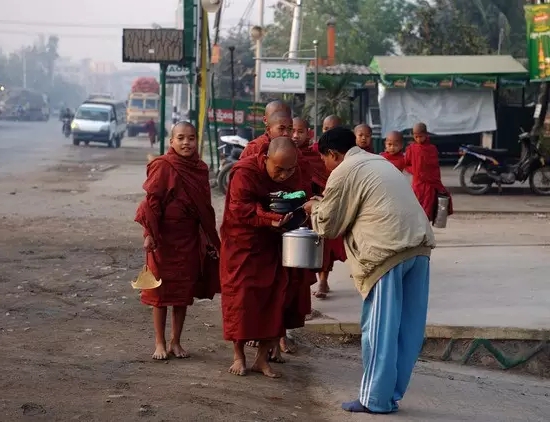
The Burmese have a saying:
“If a person gives even a tiny seed with a pure heart, they will receive a tree of blessings. But if they give a tree without sincerity, they will gain only a seed of merit.”

Acts of Merit and Generosity
Offering free drinking water to travelers is a common act of merit. You’ll find clay water pots outside homes, temples, and public spaces for passersby to quench their thirst.
Many public pavilions, parks, and bus shelters are donated by locals, with their names engraved to mark their generosity.
Donating to build a pagoda is considered the highest act of virtue. Many Burmese people save throughout their lives to construct a stupa as their final wish before passing away.
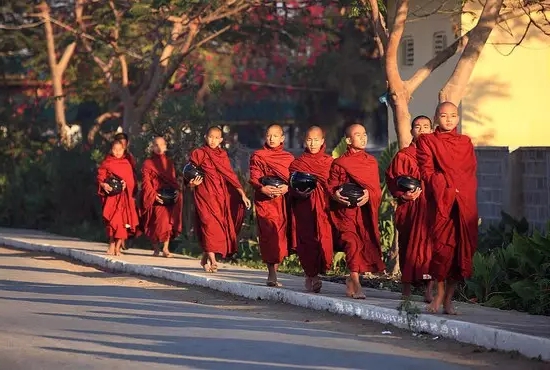
The Unique Burmese Monastic Tradition
Every Man Must Become a Monk
In Myanmar, it is a cultural expectation that every male must become a monk at least once in their lifetime. Without this, society does not consider them a full adult.
The ideal age for ordination is around 10 years old.
Traditionally, the minimum period for being a monk was one year, but today, many serve for just one week.
After completing their time in the monastery, they can return to secular life and later marry. This temporary monkhood is seen as a path to spiritual growth and self-discipline.
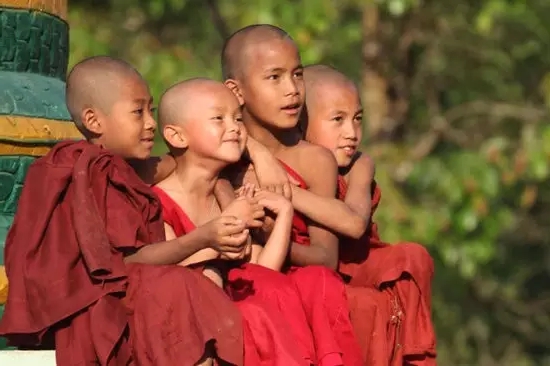
Ordination Ceremony: A Grand Celebration
The process of entering monkhood, known as Shinbyu, is a major celebration in Burmese families.
The Day Before the Ceremony
The young boy is dressed as a prince, symbolizing the Buddha’s renunciation of his royal life.
He rides a decorated horse, followed by processions of musicians, dancers, and family members.
The community gathers for a feast and traditional performances.
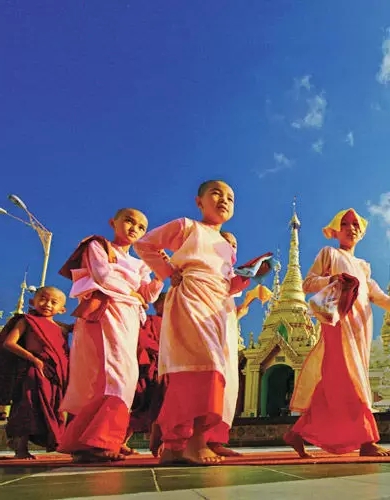
The Day of Ordination
The family visits the Shwedagon Pagoda or another sacred site for blessings.
A monk shaves the boy’s head, signifying his detachment from worldly life.
He receives a monk’s robe and recites Buddhist precepts, officially becoming a novice monk (samanera).
After the ceremony, the family hosts a charity meal for monks and the poor as an act of merit.
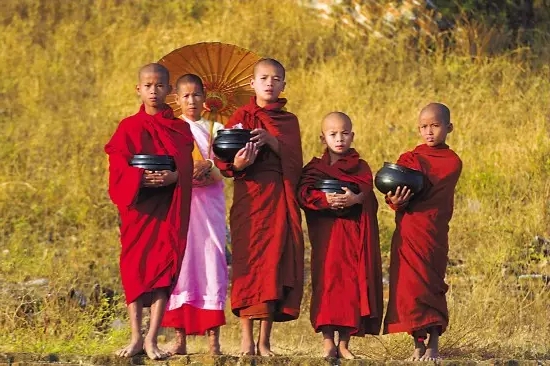
Returning to Secular Life
Most boys remain in the monastery for one to two weeks.
Some choose to become lifelong monks, while others return to society.
The process of leaving monastic life is simple, leading to the saying: “It’s easy to become a monk in Myanmar, and just as easy to return to lay life.”
The Life of a Monk in Myanmar
Strict Monastic Rules
Although some monasteries receive generous donations, monks live a disciplined and humble life. Their daily routine includes:
Begging for alms: Every morning, monks walk barefoot through the streets with bowls, collecting food from laypeople.
Silent meditation and prayers: Life in the monastery is focused on spiritual enlightenment.
Adherence to 227 precepts, which include avoiding luxury, entertainment, and physical indulgence.
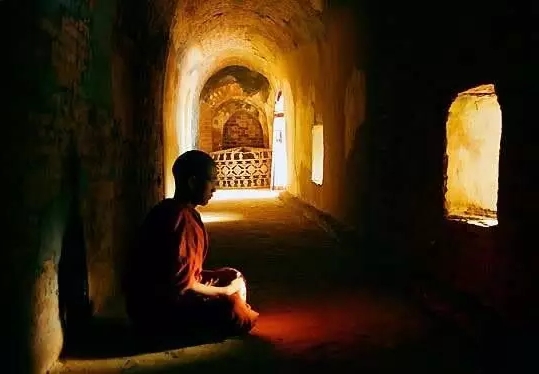
Respect for Monks in Society
Monks receive free transportation in Myanmar. Bus drivers do not charge them fares.
They prefer to sit on the roof of buses rather than taking a seat inside, allowing paying passengers to sit comfortably.
As monks are widely respected, the country has one of the lowest crime rates in the region.
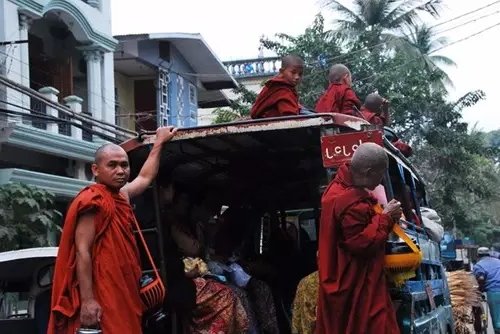
Women in Monastic Life
Unlike men, women who become nuns in Myanmar cannot return to lay life.
Female monastics, called bhikkhunis, dedicate themselves entirely to serving Buddhism.
This reflects Myanmar’s historically lower social status for women, although they are highly respected in spiritual roles.
